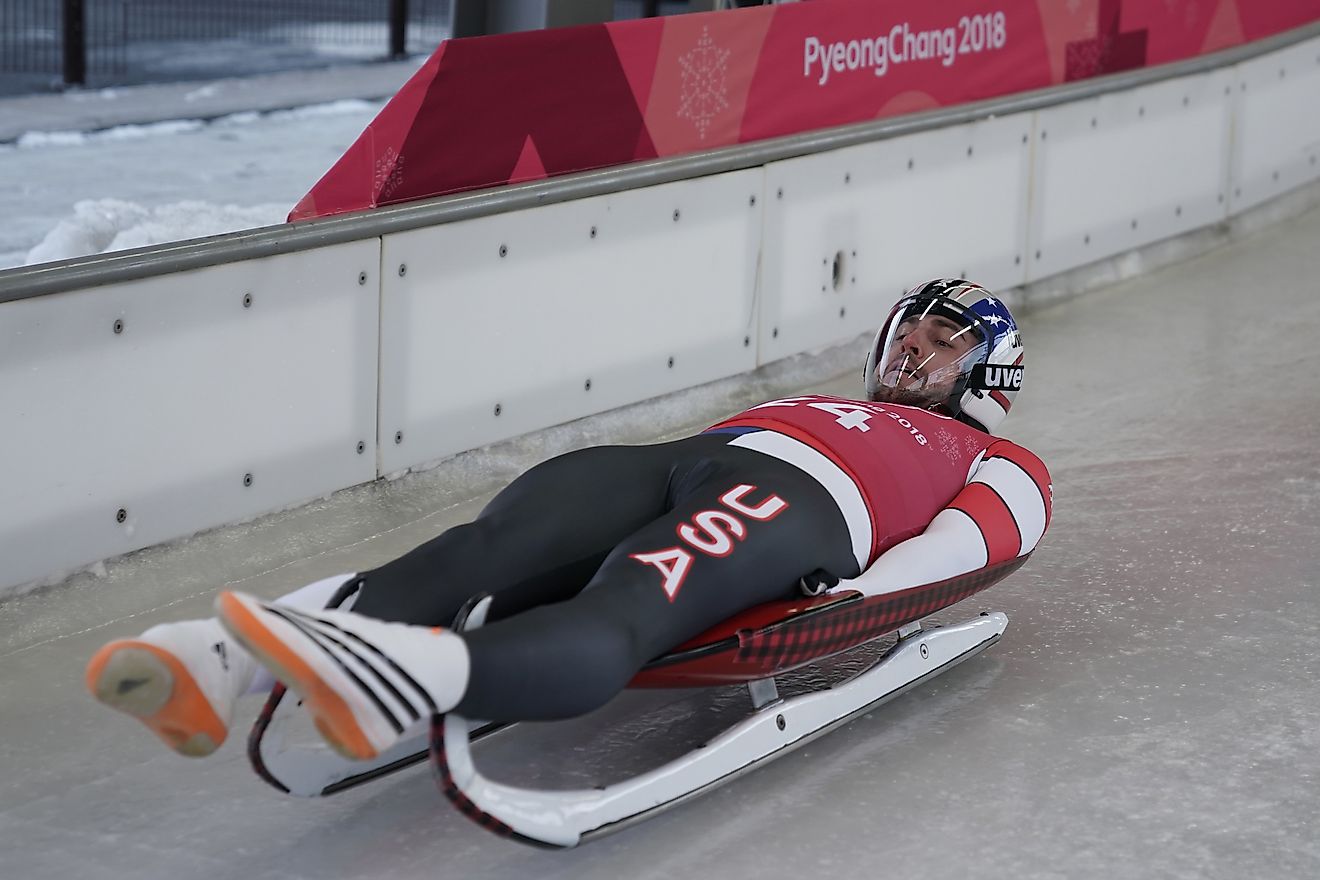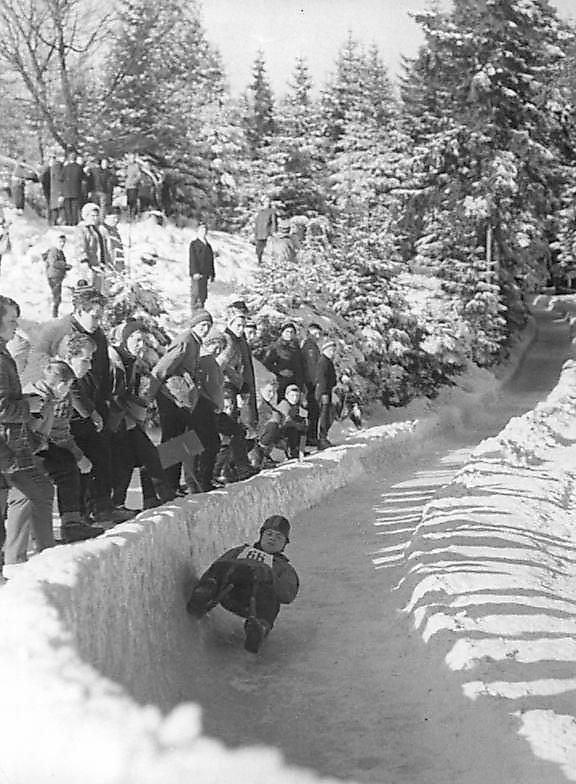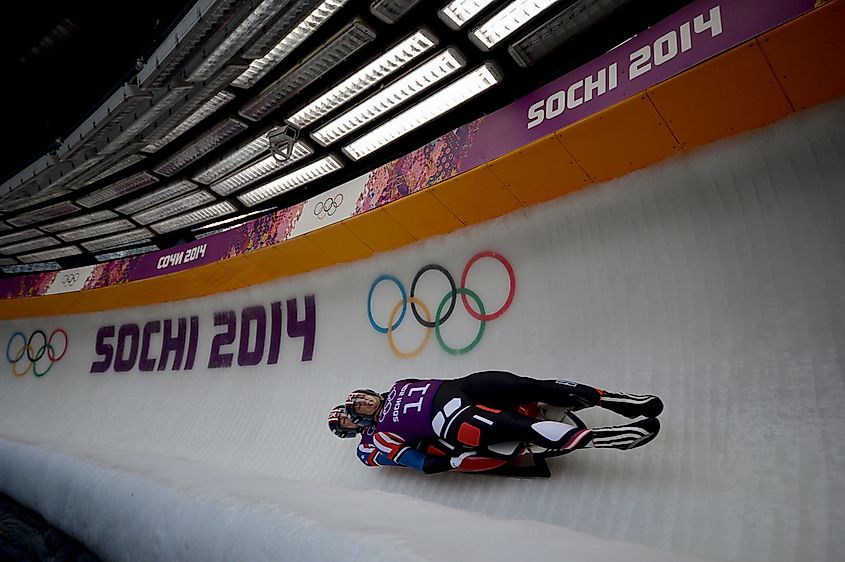Winter Olympic Games: Luge

Luge is a winter sport whereby the competitors ride down a steep ice track on a flat sled with their face up and their feet first. The ice track is usually steep to increase the gravity force thus increasing the speed at which the sled moves. The luger starts riding on the sled from the starting line, unlike skeleton where one can sprint before taking the sled. The competition involves either single riders or double riders. The double riders entail a pair of lugers riding on the same sled. The double luge race is usually gender insensitive. However, mostly men riders pair up. For a long time, Germany lugers have been at the top of the best lugers list. The country has received numerous medals from the men’s, women’s, and double categories.
History Of Luge

Luge traces its origin in from St. Moritz, Switzerland. A Swiss hotel owner, Caspar Badrutt constructed tracks where luging could take place. The first-ever luge race took place in 1883, in a 4 km icy track race between Davos and the village of Klosters. The International Sleds Sports Federation was founded in Dresden, Germany, back in the year of 1913. This federation governed the luging sporting activities until 1935. The luge was not included as one of the Winter Olympic sports until 1964. In 1965, the first-ever luge track in North America was constructed in Lolo, Hot Springs in Montana. In 1979, the United States Luge Association was founded. A luge track was also constructed in Lake Placid, New York to host the 13th edition of the Winter Olympic Games which was held in the city in 1980.
Events and Rules

The luge competitions are categorized into four events. The women’s single, men’s single, the doubles, and the relays. These events are further categorized according to age. The junior category comprises of lugers aged 7-20 years. The General classes comprise of lugers aged between 21-30 years. The master's category comprises lugers aged between 30 and 55 years. The senior masters are aged 55 years and above. The rules of luge are usually very clear and precise. The temperature of the sled steel metal is measured. The temperature should not be more than 5 degrees Celsius above the established control temperature. The weight of the sled and athletes is also checked to determine whether they will require additional weight. All athletes are required to start riding within 30 seconds after the starting gun is shot. At the finishing line, they must also be in contact with the sleds, which might, otherwise, lead to disqualification.
Luge Accidents
Luge can be very risky as the sleds have no brakes and the lugers can ride and attain a speed of 140 km/hr. Furthermore, the protection wears used in luging are very minimal. The lugers are allowed to put on just a helmet and a visor. The most common accidents caused during luging are bruises. In some instances, luging practice and luge completion have caused deaths. Death may occur when a luger falls off the ice track. Nodar Kumaritashvili is an example of a luger who lost control and died while he was preparing for the 2010 Winter Olympics.







